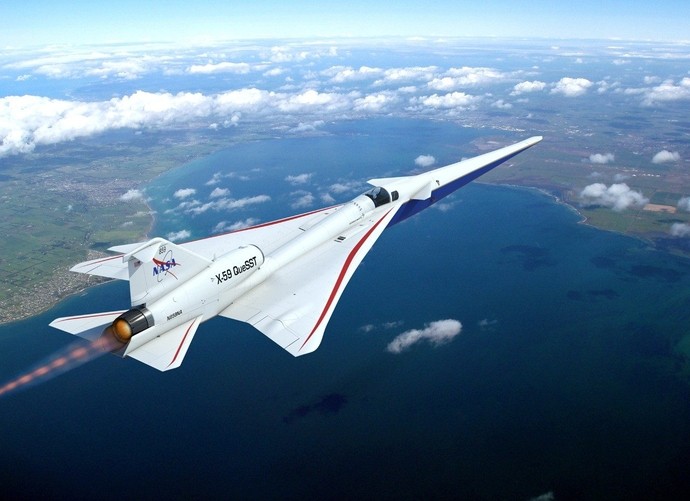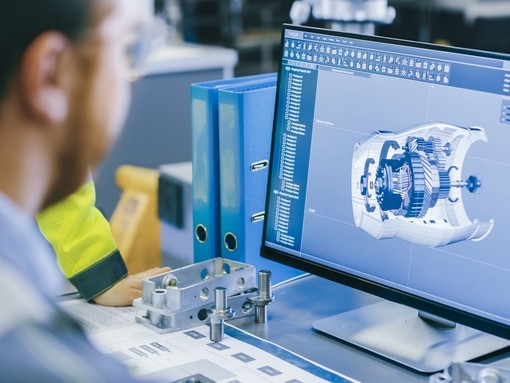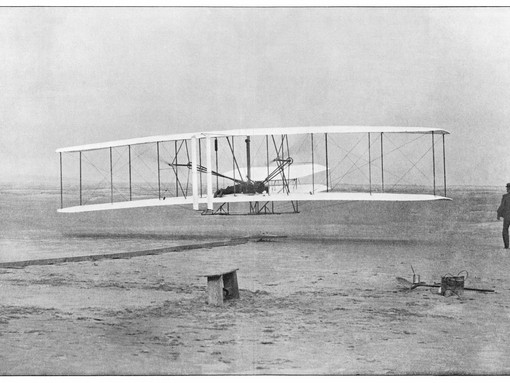
A Supersonic Future Once More for Commercial Aviation?

Since the retirement of Concorde in 2003 due to escalating costs and the fatal crash of Air France Flight 4590 three years prior, commercial aviation has slowed back down.
While the level of comfort passengers can look forward to on flights has certainly increased as ticket prices have plunged, flight times have changed little as airline companies favoured more traditional aircraft flying at subsonic speeds.
This is set to change in the near future with companies working on prototype supersonic aircraft designs to reinvigorate the industry. This comes after two further decades of technological development, materials research, design and cost reduction make the concept of bringing back supersonic commercial flight more of a realistic possibility – potentially creating thousands of jobs in aerospace at a time where the industry is suffering dramatically.
Boom
In October 2020, Boom Supersonic released their first supersonic test plane, the XB-1, the first civilian supersonic aircraft since the Soviet Tupolev TU-144 in 1968. The aircraft is a test plane for research leading to the company’s proposed Overture, a delta-wing plane intended to carry between 65 and 88 passengers. With seat-mile costs similar to current subsonic business class, Boom see supersonic flight as becoming the new normal for the industry, particularly among the business class passengers.
With the initial testing phase still underway, there’s no date on when the proposed aircraft could enter construction or full testing, but the aircraft could slash flight times in half when compared to the current methods.

NASA

One of the biggest issues with supersonic flight over land is the phenomenon of the sonic boom, a loud boom created by sound shockwaves when an aircraft first exceeds the speed of sound. Mitigating against this, or eliminating it entirely, is crucial if sustained supersonic flight over land is going to be possible.
The NASA X-59 QueSST, developed by Lockheed Martin, is set to test ways of reducing the boom with the noise being measured from the ground. The aircraft will be capable of flying at Mach 1.42, almost 1,000mph. Due to the long airframe and canards, the associated ground noise is expected to be around 60 dB(A), which is around a thousandth of the current level. The sonic boom itself should be considerably quieter than this.
The aircraft is set to be delivered in late 2021 with the test flights taking place the following year.
Aerion
Aerion Supersonic look to be targeting the private business aircraft market with their AS2 concept. Capable of travelling at Mach 1.4, the concept boasts the ability to run on completely synthetic fuels and sonic boom-less technology while transporting between 8 and 10 passengers.
With promises of personalised luxury and unparalleled comfort, the AS2 looks set to become a big player in the private jet market and is backed by Boeing. At the time of writing, it is unclear when the aircraft will be officially revealed but Aerion aims to have it fully operational by the end of the decade. Prototypes are expected to be launched in 2023.
With new projects in the pipeline, it seems that after almost 20 years, the aviation industry is gearing itself back towards a supersonic future.
















